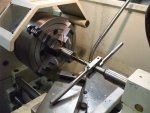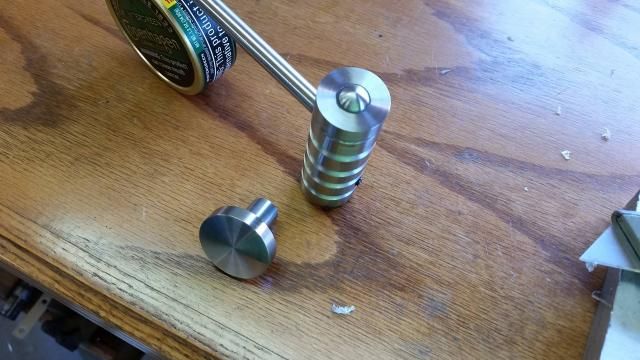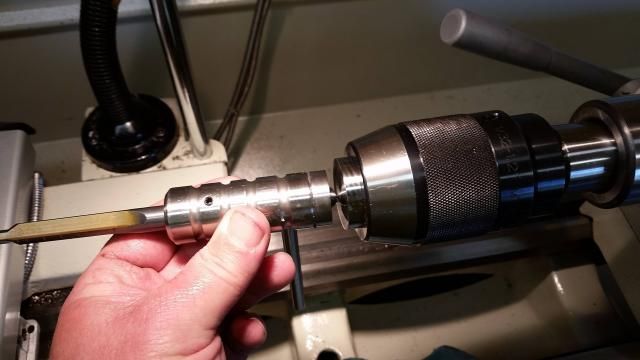Hmmm..makes me wonder if this is how AI and others are turning out barrels for the AI rifles, so that they don't require them to be sent back for fitting...
Yes and no.
If you keep the distance from the face of the action to the lug abutments within a tight tolerance (say +/- .0005") then that's a big step.
The next critical factor is ensuring that the distance from the backside of the bolt lugs to the face of the bolt is consistent (again, +/- .0005")
This is not easy, but its easy to get it working well.
Step one: A cnc milling center with a spindle chiller. This mitigates heat induced growth and elongation of the tool in the spindle/tool holder.
Step two: A careful warmup procedure. Box way machines are generally considered "stiffer" than linear way machines. Box ways also depend on a micro thin film of oil. The work table on these machines often weigh close to 1000lbs. Overnight the weight will squish the oil and the table settles. Might only be a few .0001's, but it's measurable and it happens. So, you have a warmup cycle when you fire up in the am. Let the bedway come up to its running height before you make chips. Keep the machine going over lunch by breaking up lunch breaks into two shifts. Otherwise you have to warm it up again. Same with the spindle.
Step three: Use the same tool to face, bore, and qualify the lug surfaces in the action. This eliminates a tolerance stack from multiple tools.
Last, probe your parts post op while they are still fixtured. Modern machines are almost like CMM's that make chips. You can qualify your work in the machine automatically. A Renishaw probe will do this. Just takes money. (around 20K by the time your done)
This can almost eliminate the big mistakes as long as your careful. Go crazy with a probe and you'll go broke quickly. Real easy to crash one and that really sux the checkbook dry...
Get it figured out and its relatively easy.
C.








